Fleabane
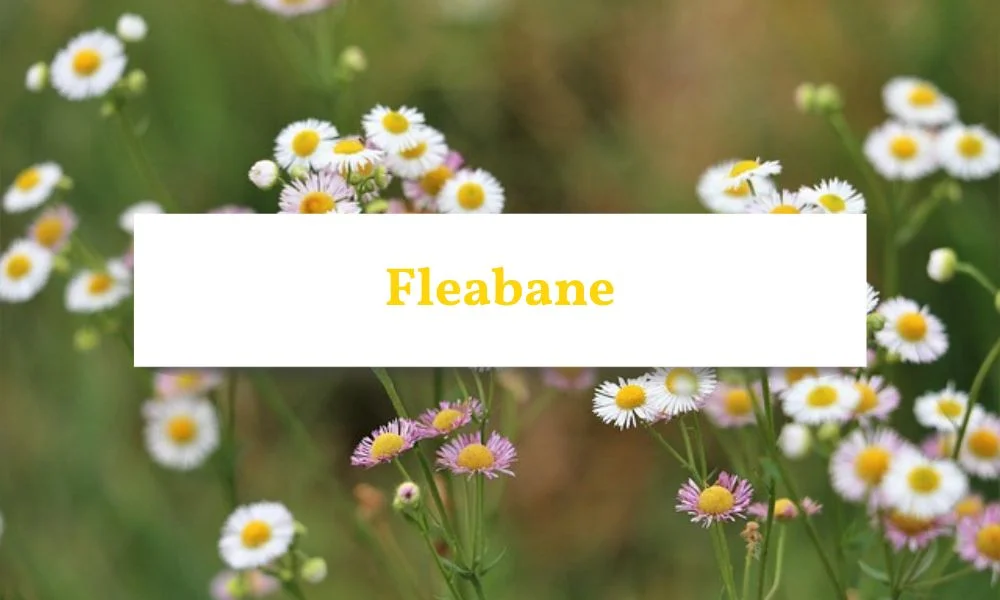
What Is Fleabane Weed?
Fleabane (Conyza species) is an upright annual weed that belongs to the daisy family (Asteraceae). It thrives in lawns, gardens, pastures, and cropping areas, especially in dry or disturbed soils. You can easily recognise fleabane by its tall, branching stems, grey-green leaves, and small daisy-like flowers. This weed spreads quickly through its lightweight seeds, making it a challenge to control if left unchecked.
Characteristics of Fleabane
-
Leaves: Fleabane leaves are lance-shaped with toothed edges. They grow in a basal rosette when young and become smaller and narrower as they climb the stem.
-
Flowers: The flowers are small, white or creamy with a yellow centre, resembling tiny daisies.
-
Height: Mature plants can grow up to 1 metre tall, with stems that branch out and produce clusters of flowers.
-
Seeds: Each plant produces thousands of seeds that are easily carried by wind, water, animals, or machinery.
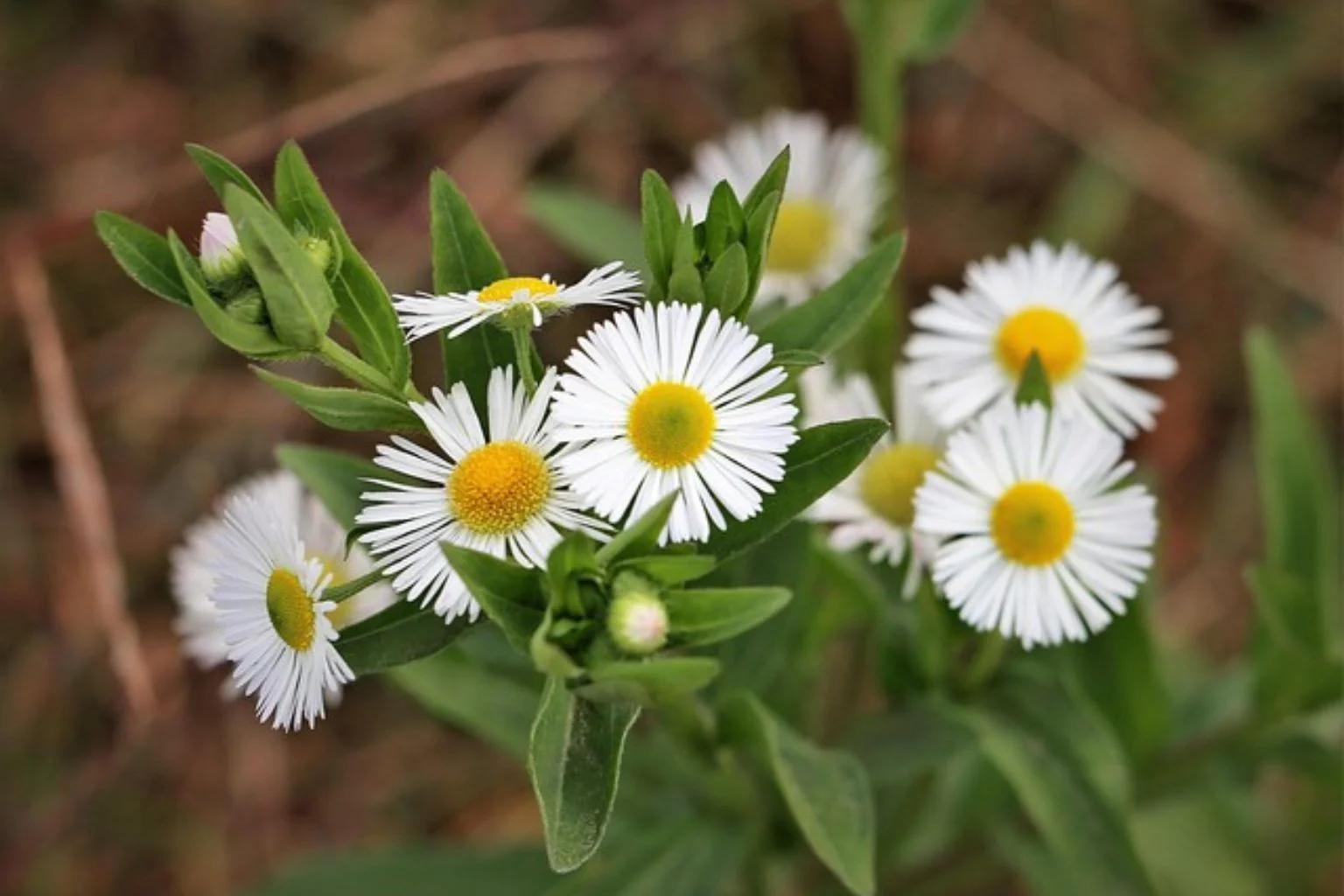
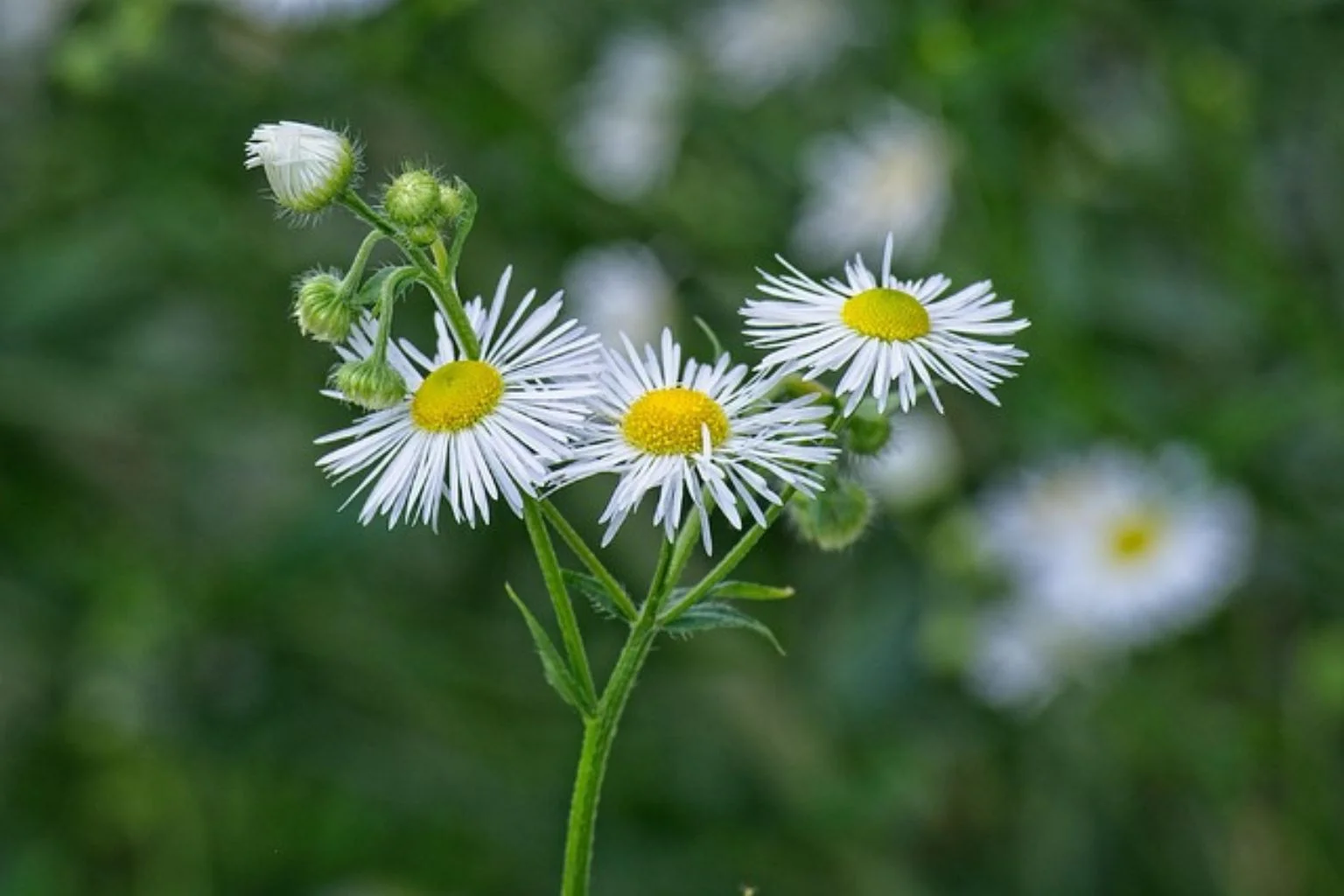
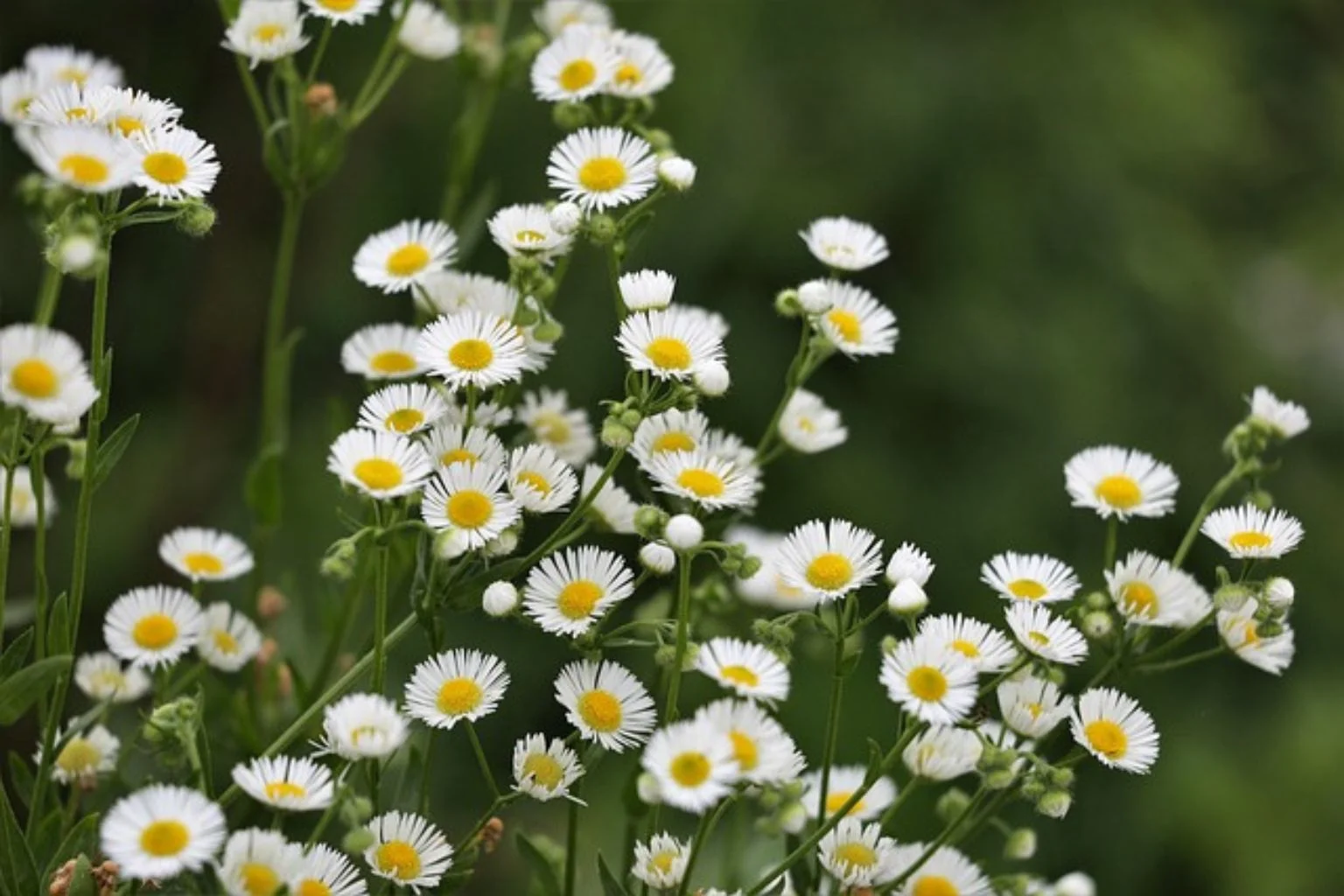
Why Is It A Problem?
How to Identify Fleabane Weed
Fleabane starts as a rosette of soft green leaves at ground level. As it matures, it grows tall stems covered in coarse hairs with smaller leaves arranged alternately along the stem. The small daisy-like flowers bloom at the tips of the branches and produce fluffy seed heads after flowering.
Effective Methods
Maintain a Healthy Lawn
Keeping your lawn healthy is the best way to prevent fleabane from taking over. Fertilise regularly to encourage thick grass growth that crowds out weeds. Water deeply but less often to promote strong roots while avoiding overwatering, which creates ideal conditions for fleabane.
Mow Regularly
Mow your lawn at the correct height for your grass type. Regular mowing prevents fleabane from flowering and producing seeds. Make sure to collect clippings if you notice any fleabane plants starting to bloom.
Improve Soil Health
Aerate compacted soil to improve drainage and reduce conditions that favour fleabane growth. Adding organic matter can also help your grass grow stronger and outcompete weeds.
Remove Weeds Early
Check your lawn regularly for young fleabane plants. Pull them out by hand when the soil is moist to ensure you remove the entire root system. Removing them early stops them from maturing and spreading seeds.
Use Herbicides When Needed
If fleabane has already established itself in your lawn, apply a selective broadleaf herbicide containing active ingredients like 2,4-D or dicamba. These herbicides target fleabane without harming your grass. For best results, spray during early growth stages in spring or autumn when the weed is actively growing.
Chemical Control Options
Amgrow Multi-Weed All Purpose
Amgrow Multi-Weed All Purpose Lawn Weeder is a simple and effective way to tackle a wide range of common weeds like Mullumbimby couch, Creeping Oxalis, Bindii, Sowthistle, Dandelion, Clover, and more. This powerful formula works well on many lawn types, including couch, blue couch, fescue, carpet grass, centipede, Kentucky bluegrass, and ryegrass, helping you keep your lawn looking green and healthy. Plus, it’s easy to use and delivers reliable results, making it your go-to choice for lawn care.





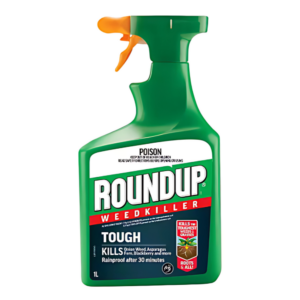
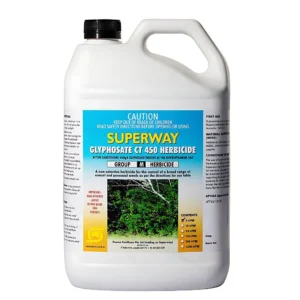
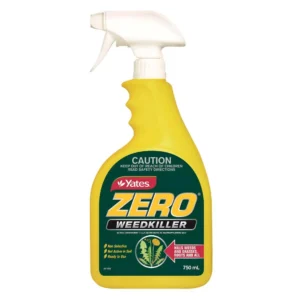
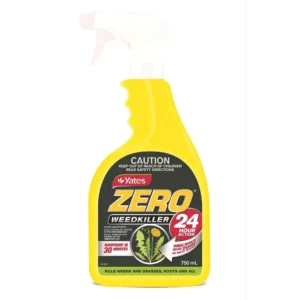
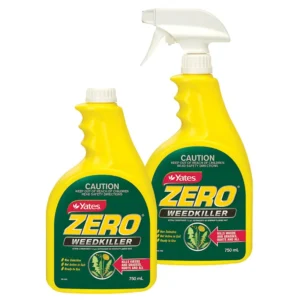
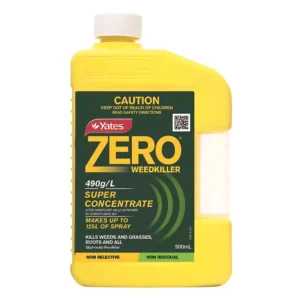
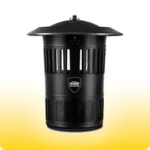 Mosquito Traps
Mosquito Traps